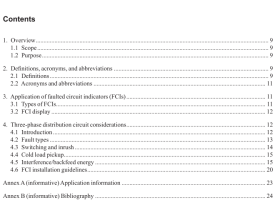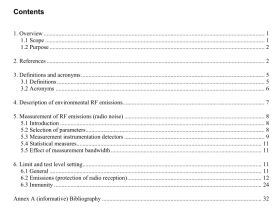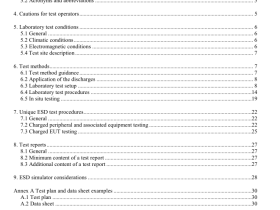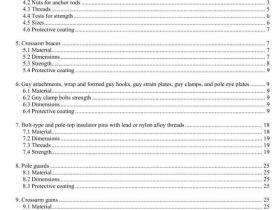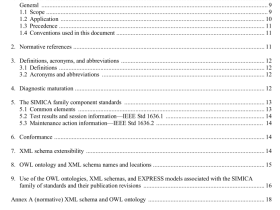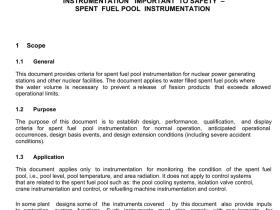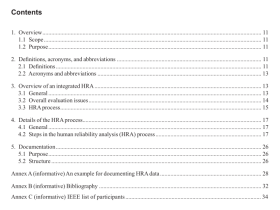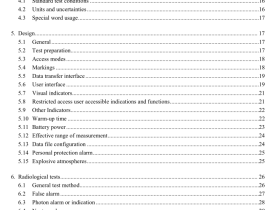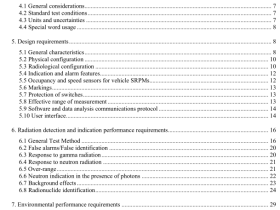IEEE Std C37.246 pdf download
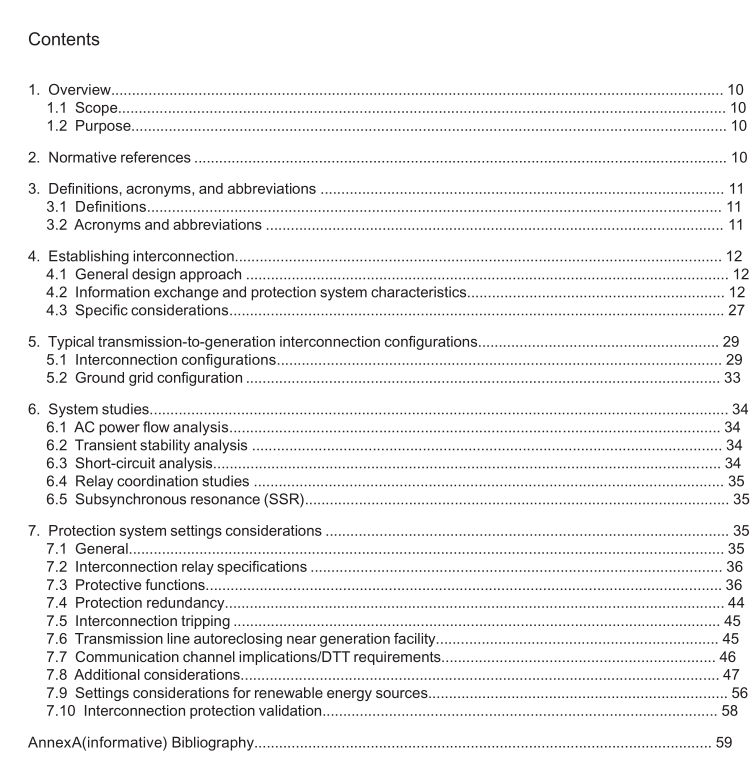
IEEE Std C37.246 pdf download IEEE Guide for Protection Systems of Transmission-to-Generation Interconnections
4. Establishing interconnection
4.1 General design approach When considering a design approach for transmission-to-generation interconnections, the type of new generation that is added to the system has already been selected through careful planning by the generator and transmission owners. For example, demand at various loading conditions could have necessitated a need for a gas-fired peaking plant, or new generation could be required to replace a decommissioned coal-fired unit. In addition, the state could have a clean power initiative that would involve adding a solar or wind turbine facility. The new project should go through a formal process beginning with an interconnection request. Once this has been approved through the authority having jurisdiction, a technical evaluation of the proposed interconnection should be obtained. A generation interconnection study is performed to validate the impact of the proposed generation and to identify system upgrades required to accommodate the proposed generation in order to maintain proper and reliable operation of the transmission system. There are unique modeling requirements for different types of generation, including renewable resources such as wind and solar energy, which provide intermittent output and fault current magnitude challenges versus a typical synchronous machine. The interconnection study provides technical details about not only the proposed interconnection location for the new generation facility but also the impact to other customers and the surrounding transmission system. The technical details, including power system analysis data and transmission system upgrades required for the generation interconnection, are included in the guide. The information provided in this guide should be helpful to the project as it relates to the overall design approach. The general design approach should be coordinated between the generator and transmission owners. Typically, the design responsibility for the generator owner ends at the agreed-upon point of change of ownership between the transmission and generator owners. Considerations for the design approach as it relates to protection systems are detailed later in this guide. For example, generator ground protection needs to be coordinated with the transmission line relays. A similar philosophy is required for backup distance or voltage-controlled time overcurrent protection. Utilizing the data obtained during the information exchange is essential for the engineer. This data allows the engineer to complete the protection study for the interconnection, and this guide should help to design reliable protection schemes.
4.2 Information exchange and protection system characteristics
4.2.1 General Some or all of the following information needs to be exchanged between transmission and generator owners. The amount of information exchanged will be determined by the type of the interconnection.
4.2.2 Transmission owner From a transmission owner’s perspective, determining the location of the point of interconnection is the first, and an important, step in the process. Once the point of interconnectionis agreed upon, the station configuration and type of protection schemes can be determined. In order to define the type and characteristics (electrical and protective) of the system with which a generation facility is being interconnected, specific information is needed. This information includes the protection schemes (or proposed protection schemes) utilized to protect the transmission system where the interconnection with the generation facility occurs. Examples of line protection scheme types include directional comparison blocking, directional comparison unblocking, permissive overreaching transfer trip, permissive underreaching transfer trip, and line current differential. Other protection schemes at the transmission level include bus differential and islanding control schemes. Projected fault current levels, along with the Thevenin equivalent X/R ratios of the transmission system, available at the point of interconnection are important for determining breaker and other electrical equipment capabilities. The acceptable choice(s) for generator step-up transformer (GSU) winding connections should be specified. The relay models, settings, and instrument transformer ratios for the protection schemes should
